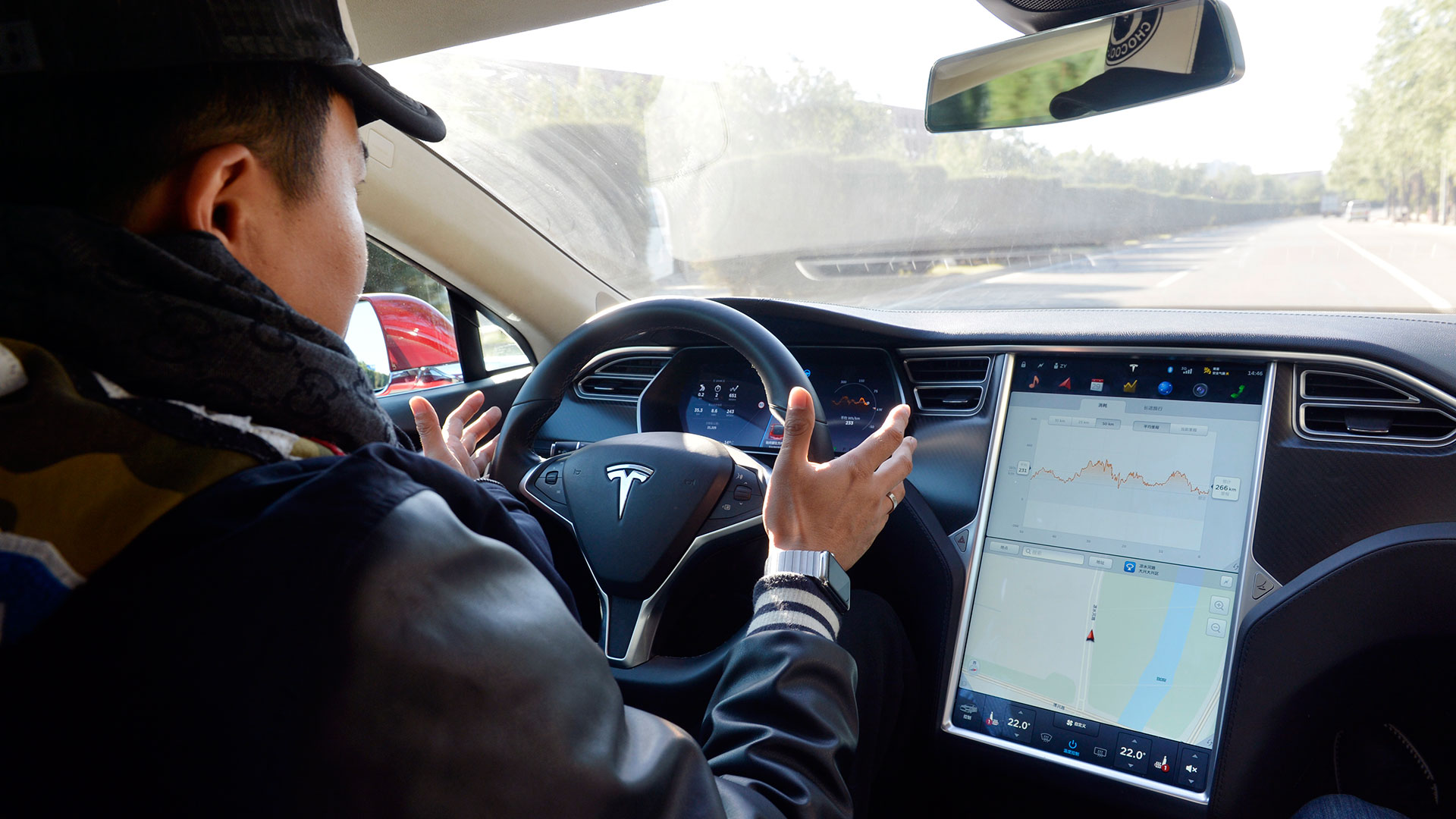

We may earn revenue from the products available on this page and participate in affiliate programs. Learn more ›
Tesla has updated its quarterly safety report to include fleet-wide accident data from the first quarter of 2019. The report, which is meant to promote transparency and convey confidence in its semi-autonomous Advanced Driver Assistance System (ADAS), Autopilot, shows a slight increase in the frequency of Autopilot-related crashes when compared to the previous quarter, and a significant decrease in the frequency of accidents which occurred while vehicles were traditionally operated by humans.
“In the first quarter, we registered one accident for every 2.87 million miles driven in which drivers had Autopilot engaged,” Tesla wrote in the report. “For those driving without Autopilot, we registered one accident for every 1.76 million miles driven. By comparison, NHTSA’s most recent data shows that in the United States there is an automobile crash every 436,000 miles.”

Data supplied by Tesla shows that the average number of Autopilot crashes increased slightly by one percent, bringing the fleet-wide average miles between crashes 40,000 lower compared to its last quarter. Crashes where Autopilot was not engaged accounted for the largest swing, however, increasing by 180,000 miles between accidents fleet-wide and indicative of less human error behind the wheel.
Overall, Tesla’s statistics suggest that while Autopilot is engaged, Tesla vehicles travel further without accident than the national average by a factor of more than six. A more detailed breakout of past statistics can be found below:
- Q1 2019
- Number of human miles driven between crashes: 1.76 million
- Number of Autopilot miles driven between crashes: 2.87 million
- Q4 2018
- Number of human miles driven between crashes: 1.58 million
- Number of Autopilot miles driven between crashes: 2.91 million
- Q3 2018
- Number of human miles driven between crashes: 3.34 million
- Number of Autopilot miles driven between crashes: 1.92 million
While Tesla continues to refine Autopilot, the system is far from being classified as fully autonomous. Despite videos and products sold online suggesting otherwise, Tesla often stresses the need for a driver to keep their hands on the wheels and remain alert, openly stating that its current software suite does not classify any of its vehicles as fully self-driving, despite its premium Autopilot suite being coined “Full Self-Driving“.
It’s also interesting to see that the number of Autopilot crashes remains relatively static for the second quarter in a row, despite the human-error aspect falling 11 percent and its fleet increasing by 63,000 vehicles during Q1. Perhaps consistency is a good thing to see, although fewer accidents as a whole are always welcomed.
